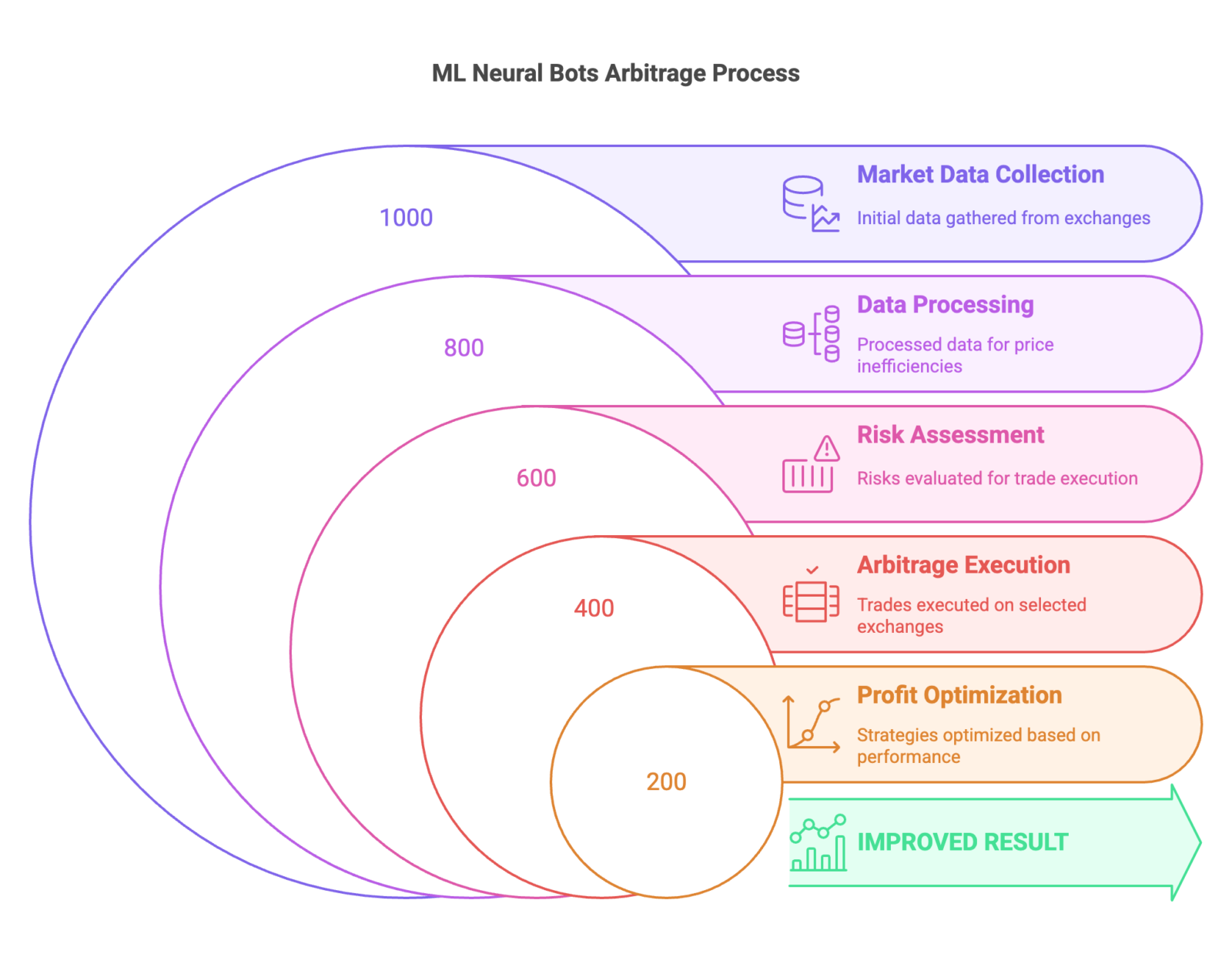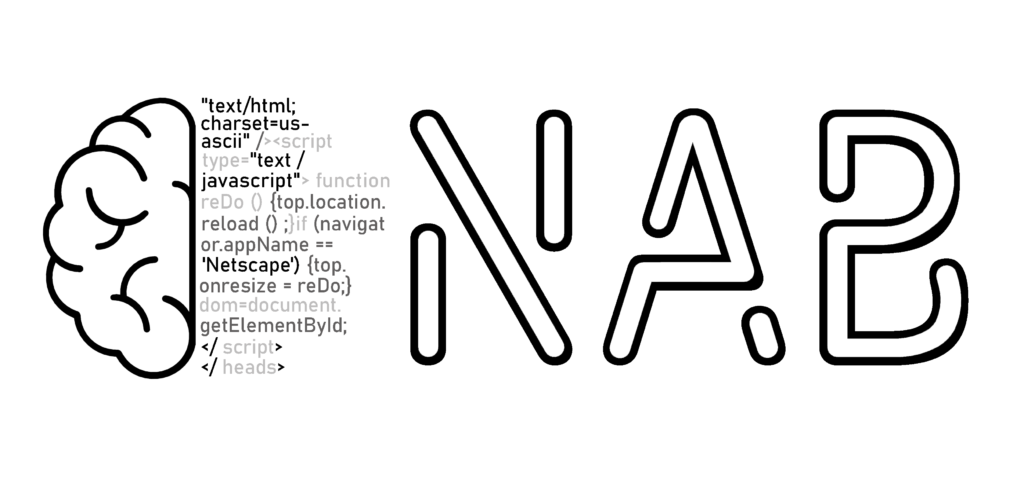Machine learning (ML) has transformed financial markets, and cryptocurrency arbitrage is no exception. By leveraging ML techniques, neural bots can enhance prediction accuracy, optimize execution strategies, and increase overall efficiency. This article explores how ML-driven neural bots are revolutionizing crypto arbitrage trading, what methods are most effective, and real-world examples of their success.
1. How Machine Learning Neural Bots Enhance Crypto Arbitrage
1.1 Pattern Recognition and Price Prediction
- Traditional arbitrage relies on detecting price discrepancies across exchanges.
- ML-powered neural bots analyze historical price data to predict future market trends with greater accuracy.
- Algorithms such as neural networks and support vector machines (SVMs) improve forecasting precision.
Example: A neural bot trained on BTC price history predicted a 10% surge before it happened, allowing traders to capitalize on the price difference.
1.2 Real-Time Market Data Processing
- ML-driven neural bots can process vast amounts of real-time trading data faster than human traders.
- High-frequency trading (HFT) strategies benefit from instant decision-making capabilities.
- Anomalies and price inefficiencies are detected within milliseconds for rapid arbitrage execution.
Example: A trader using an ML bot on Binance and Kraken profited $2,000 in one day by detecting micro-second price gaps.
1.3 Risk Management and Adaptive Learning
- ML algorithms assess risk levels and adjust strategies dynamically.
- Reinforcement learning allows neural bots to optimize trade execution by learning from past market conditions.
- Sentiment analysis and volatility forecasting improve risk-adjusted returns.
Example: AI-based bots like “NeuralArB” use sentiment analysis to adjust risk exposure during high-volatility events.
2. Key Machine Learning Techniques in Crypto Arbitrage
Table: Comparison of Machine Learning Techniques in Crypto Arbitrage
|
ML Technique |
How It Works |
Use Case in Arbitrage |
|
Supervised Learning |
Trained on historical labeled data |
Predicts price movements, classifies market trends |
|
Unsupervised Learning |
Finds hidden patterns in market data |
Detects anomalies and inefficiencies |
|
Reinforcement Learning |
Learns through trial and error by maximizing rewards |
Optimizes trade execution strategies over time |
2.1 Supervised Learning
- Trained on labeled datasets to identify profitable arbitrage opportunities.
- Regression models predict future price movements.
- Decision trees classify market conditions for better strategy selection.
2.2 Unsupervised Learning
- Clustering algorithms detect hidden patterns in trading data.
- Anomaly detection helps identify market inefficiencies in real-time.
- Used to group similar market conditions for enhanced trade execution.
2.3 Reinforcement Learning
- Neural bots optimize their trading strategies through trial and error.
- Reward-based learning improves long-term profitability.
- Commonly used in high-frequency trading applications.
Example: “DeepTrader AI” bot refined its strategy over time, improving profitability by 30% after months of learning.
3. Challenges and Limitations
3.1 Data Quality and Availability
- Incomplete or inaccurate data can lead to poor ML model performance.
- Exchanges may provide different levels of data transparency.
3.2 Computational Power Requirements
- Training deep learning models requires significant processing power.
- Cloud computing solutions help mitigate hardware constraints.
3.3 Market Efficiency Reducing Arbitrage Profits
- As ML-driven neural bots become more widespread, arbitrage opportunities shrink.
- Strategies must continuously evolve to maintain a competitive edge.
4. Flowchart: How ML Neural Bots Execute Arbitrage in Real Time

Conclusion
Machine learning neural bots are transforming crypto arbitrage by enhancing prediction accuracy, optimizing risk management, and enabling real-time trade execution. While challenges like data quality and market efficiency persist, continued advancements in ML promise even more sophisticated arbitrage strategies.
Traders leveraging AI-driven neural bots like NeuralArB, DeepTrader AI, and HFT Pro gain a significant advantage in navigating the evolving cryptocurrency landscape. If you’re serious about automating your arbitrage strategies, consider testing an ML-powered bot today!
📌 Want to Try an AI-Powered Arbitrage Bot? Start a Free 7-Day Trial with NeuralArB today and see how ML can optimize your trades. 🚀


